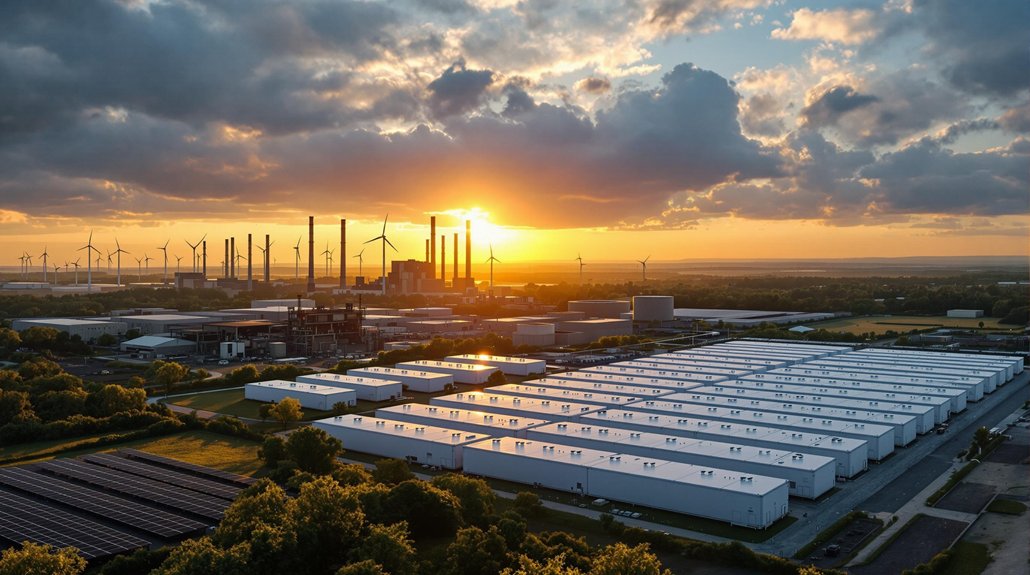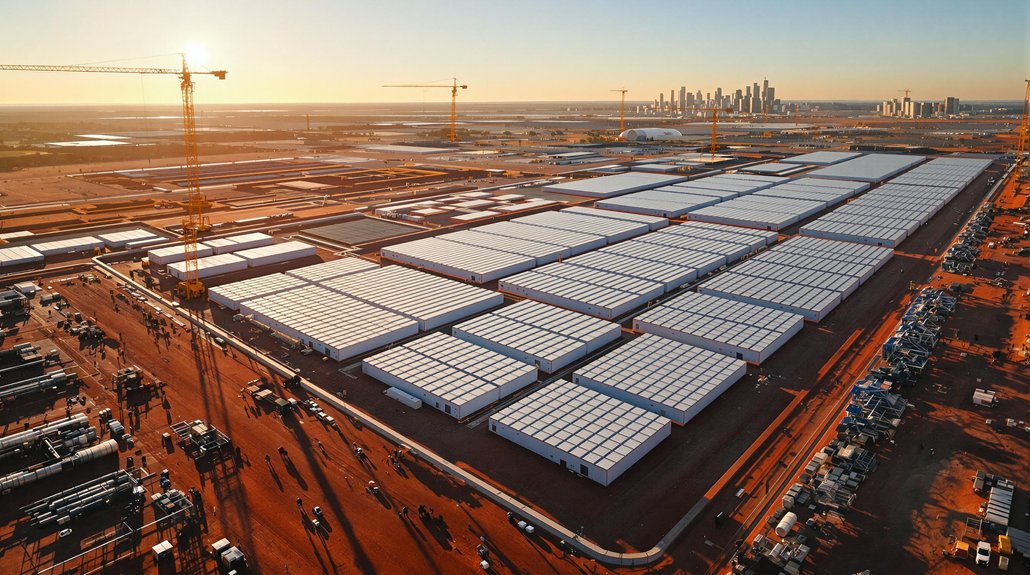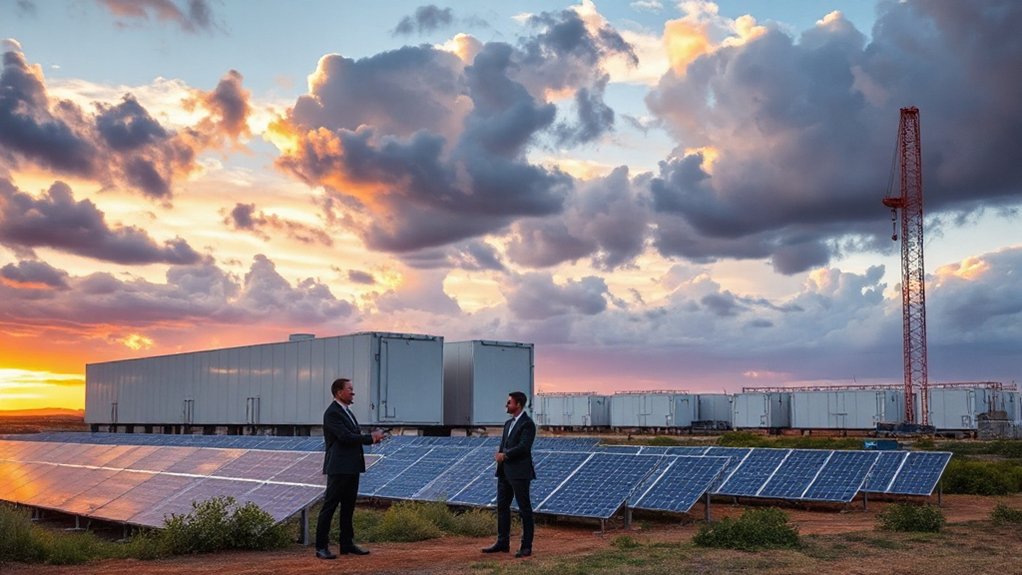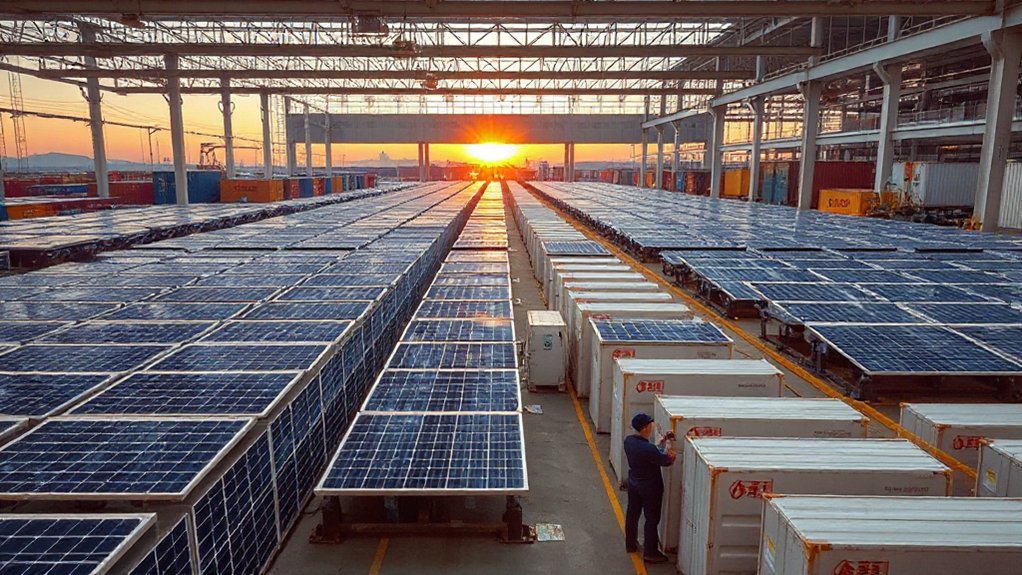The battery revolution is decimating fossil fuels. Storage capacity jumped from 0.5 GWh to 526 GWh in just a decade, while costs plummeted 90%. EVs are surging, making gas stations increasingly irrelevant. Batteries now support grid stability and renewable integration, creating jobs and environmental benefits. With 83 GW of battery capacity planned by 2024 and EV emissions 60-68% lower than gas guzzlers, the writing’s on the wall. And it’s not using fossil fuel ink.
While the world frets about climate change, a quiet revolution is charging up behind the scenes. Batteries are having their moment, and fossil fuels are sweating. Global battery storage has exploded from a measly 0.5 GWh in 2010 to a whopping 526 GWh in 2020. That’s not growth—that’s a takeover.
The numbers don’t lie. Battery costs have plummeted 90% in a decade. Lithium-ion batteries now command 93% of the market. By 2030, we’re looking at a 17-fold increase in battery demand. Analysts predict battery prices could drop to $25 per MWh by 2030, representing a 50% reduction from current levels. Fossil fuels never saw it coming.
Battery revolution in full swing: costs down 90%, demand up 17-fold by 2030. Fossil fuels caught napping.
EVs are part of this revolution too. Sales jumped 40% in 2020—during a pandemic, no less. Battery pack costs that were once $1,100/kWh have crashed to $137/kWh. By 2030, EVs could be 31% of global car sales. Gas stations might become nostalgic tourist attractions.
The grid is changing fast. Batteries provide frequency regulation and voltage support. They’re enabling higher penetration of solar and wind power. Storage can provide 90% of grid flexibility needs with renewables. Coal plants? They’re yesterday’s news.
Since 2010, 145 GW of U.S. coal capacity has been retired. Another 83 GW of battery capacity is planned by 2024. Australia is ditching all coal plants by 2040. The UK is targeting a zero-carbon electricity system by 2035. Fossil fuels are being shown the door.
This isn’t just environmental—it’s economic. The energy storage market could hit $546 billion by 2035. U.S. storage jobs grew 39% from 2016 to 2020. Battery manufacturing has become a strategic industry globally. Innovative solutions like compressed-air energy storage are becoming vital for grid stability as we transition to renewable sources. Pumped hydroelectric storage still dominates with 94% of global capacity, but newer technologies are gaining ground fast.
The environmental benefits are clear. EV lifecycle emissions are 60-68% lower than gas vehicles in the U.S. Battery recycling can recover up to 95% of materials.
The writing’s on the wall. Batteries are enabling a renewable future that fossil fuels can’t compete with. The battery revolution isn’t coming—it’s already here. And fossil fuels? They’re headed for extinction.









